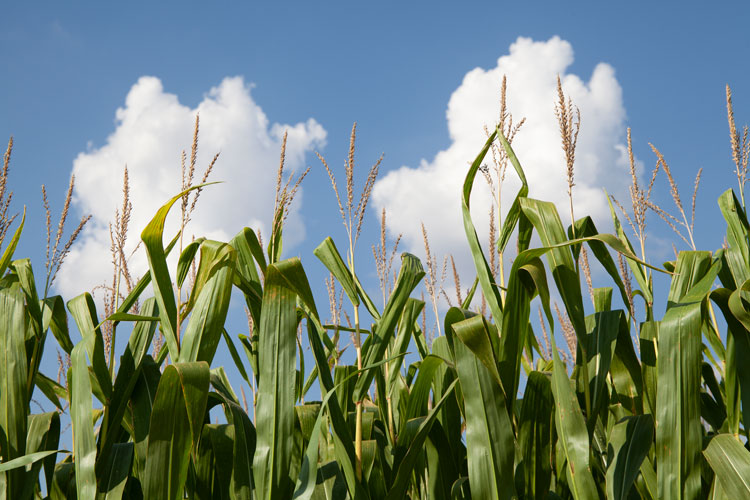
While most farmers in the South and West already have their corn silage safely stored away, many in the Midwest and Northeast are still wondering if their corn will reach maturity. In a recent Midwest Forage Association’s Clippings newsletter, Joe Lauer addressed these concerns and offered solutions for farmers facing corn silage crops that do not reach typical kernel maturation.
In the article, Lauer estimated that a quarter million corn acres were left unplanted until July. “Those acres are not going to make grain at all,” he said. “They will be difficult to make into silage, but luckily for corn, we have what we call the ‘double peak.’ If we can get the crop to flower or go to tasseling, then the quality at that time is actually pretty good.”
The second peak that Lauer referred to is when the kernel reaches 50 percent milk. However, that first peak occurs at tasseling. If corn at least reaches that point, Lauer shared that it would be a candidate for silage following dry down after a killing frost.
Regardless of if a farm’s silage crop will easily reach tasseling or just make it, Lauer recommended tracking the flowering date. In Wisconsin, the grain filling period is around 55 to 60 days after the flowering or silking date. Knowing that date will allow farmers to calculate the average date of first frost and determine the likelihood of a crop reaching grain fill.
If it’s time to harvest silage and the crop remains just a little wetter than preferred for the storage structure it will be entering, Lauer recommended raising the cutterbar on the chopper. “If you have any grain, it will be the driest part of the plant. If a field is a little wet and you want it drier, you can raise the cutterbar to move moisture content by three to four points,” Lauer concluded.








